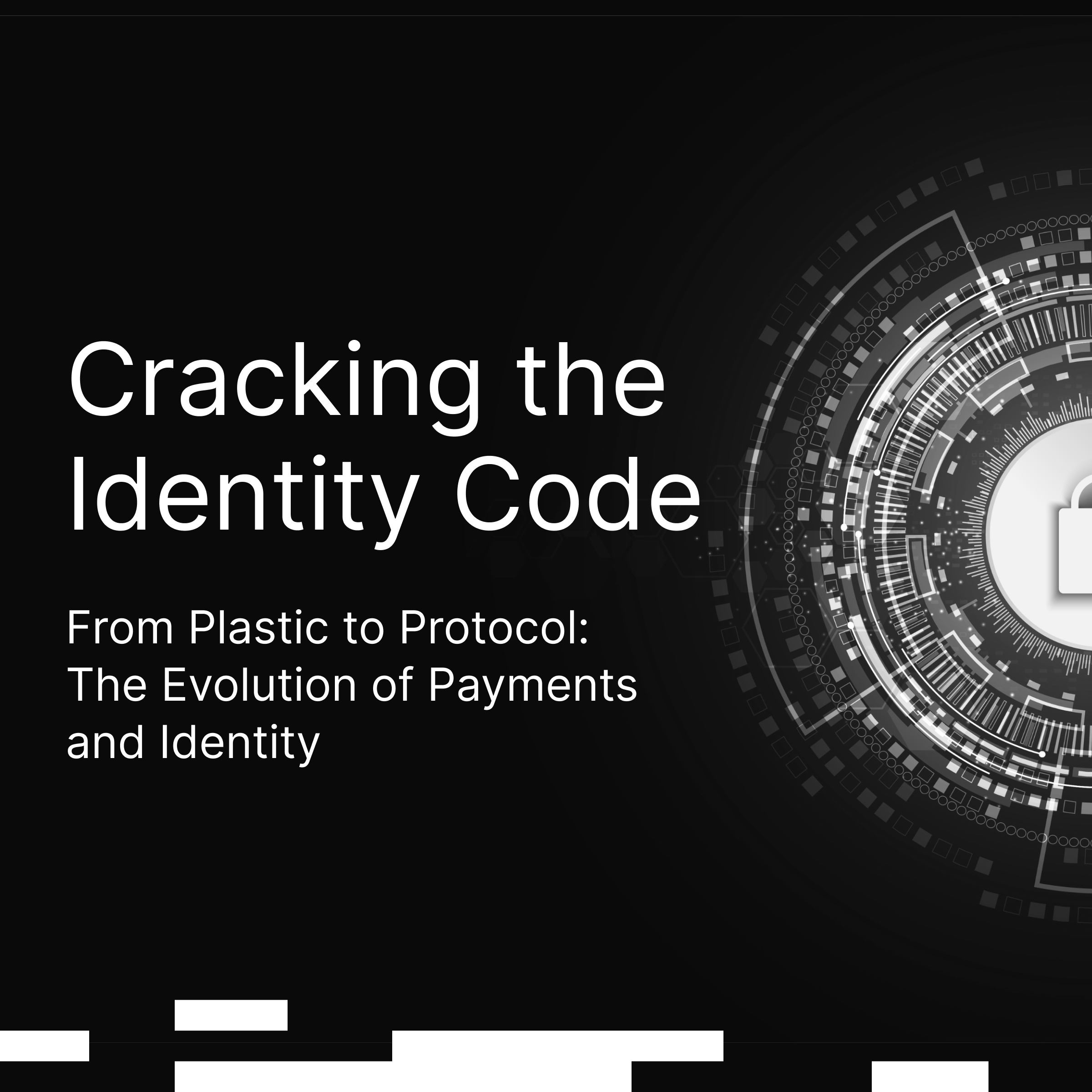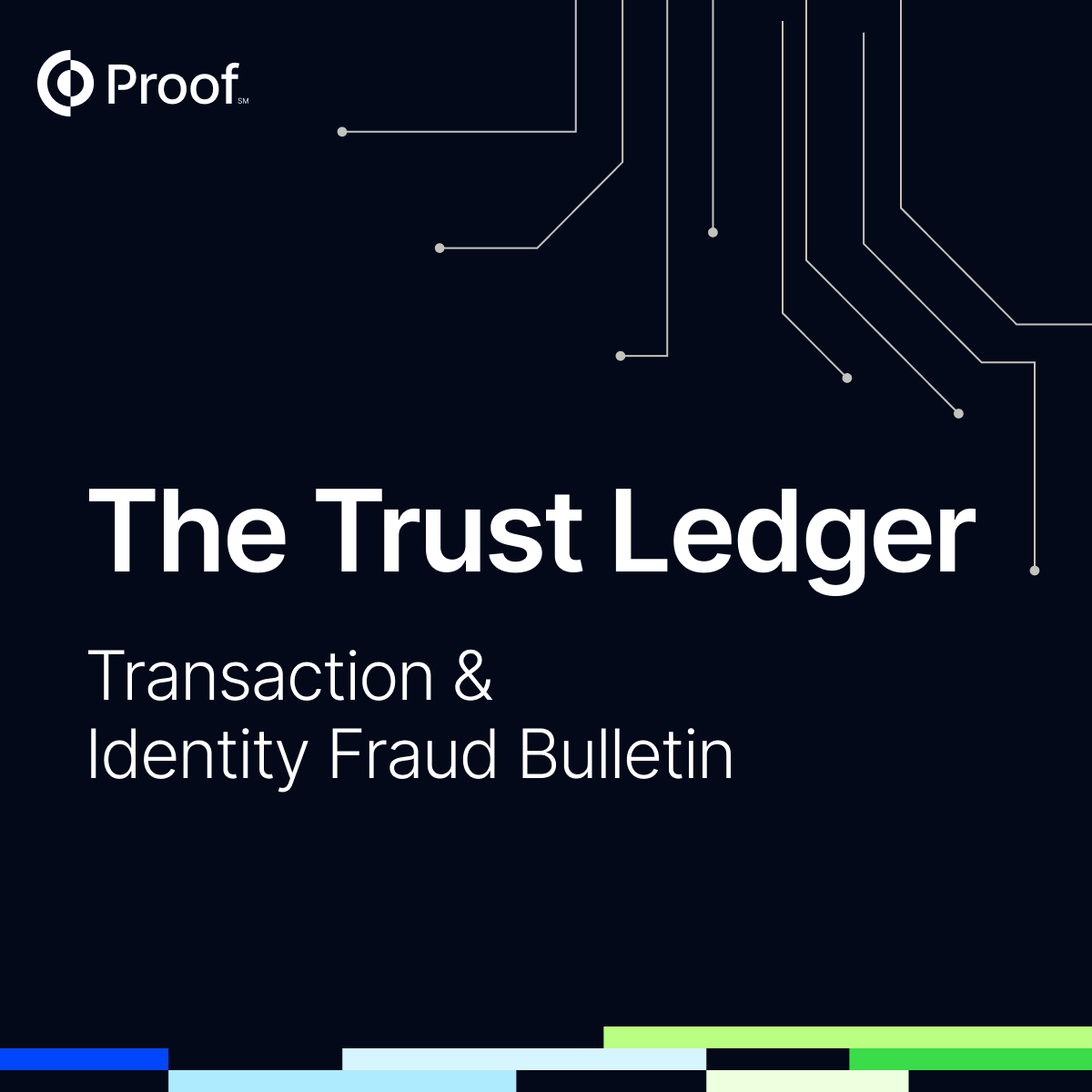To Prevent Seller Fraud, Verify Seller Identity Long Before The Closing Date


As we’ve written about before, seller impersonation fraud (or seller fraud) is on the rise in the United States, with devastating and costly consequences for homeowners, lenders, title agencies, real estate agents, and title underwriters. It is becoming increasingly more common for bad actors to sell property they do not own, either by falsifying deeds, assuming the real owner’s identity, or committing notary fraud. The end result is the same: these fraud schemes cost industry stakeholders hundreds of millions of dollars and leave lenders, property owners, title companies, and real estate agents with the expense and frustration of unwinding a fraudulent sale of real property.
There is a simple and inexpensive way to stop seller fraud before it has a chance to happen: identity verification at the beginning of the transaction, instead of at the end.
Fraudsters have access to a wide range of tools at their disposal to help them commit seller impersonation fraud.. They can forge deeds or titles. They can forge or tamper with a paper notarization to make a document look legitimate. And they have even tried using deepfakes to impersonate property owners on video calls and online notarization meetings. But equipped with the right tools, the real estate industry can fight back. A seller identity verification process at the time of the property listing or when escrow is opened would essentially eliminate seller impersonation fraud.
Historically, however, sellers have not been asked to produce identification when they initiate the sale of a property. Listing agents are not required to verify a seller’s identity, and they rarely do. Plus, it is not uncommon for listing agents to work remotely with a seller throughout the entire process. Non owner-occupied properties such as vacant land, vacation homes, and rental properties are often owned by people who live in a different state, or even a different country. There is no natural checkpoint at the start of these property sales for the agent to confirm that the person claiming to be the seller is the rightful owner of that property.
In fact, it isn’t until after a purchase and sale contract is agreed upon by a buyer and seller, and that contract has gone to the title and escrow provider, that the title company begins to collect more information about the buyer and the seller. The title company needs this information to aid in the title exam and to properly manage the details throughout the escrow process. But even at this point, no one has verified that the seller is the property owner they claim to be. Surprisingly, the very first time anyone verifies the seller’s identity is at the proverbial “closing table.” Therefore, if a fraudster impersonating a seller can dupe just one person (the signing agent / notary) with a fake ID, they can successfully collect the proceeds from the sale and disappear.
Proof’s Identify solution is a robust identity verification solution and is simple to use. By verifying the seller’s identity at the time the property is listed or when the title company opens escrow, seller impersonation fraud can be nipped in the bud. Title companies that use Identify early in the process prevent fraud from the start. This not only protects their own company, but also their title underwriters, lenders, home buyers, property owners, and real estate agents on both sides of the transaction.

Identify is a plug-and-play product that can be added to a company’s workflow in multiple ways without any new code. It asks users to verify their identity using a number of options: credential analysis with biometric facial comparison, knowledge-based questions, or a NIST IAL2-compliant workflow with additional identification layers.

In addition to title companies incorporating Identify at the beginning of the closing workflow, listing agents can add Identify to their client onboarding process, providing a very early opportunity for bad actors to be detected and thwarted before they are even able to list a home.. These earlier touchpoints can help address the massive seller fraud issue that is threatening the integrity of real estate transactions.
The real estate industry has a duty to re-examine the process of selling homes and shift the seller identity verification much earlier in the timeline. By inserting a simple verification tool like Identify into the property listing workflow, seller impersonation fraud could be eradicated.













































































.jpg)





.png)

.png)







.png)
















.jpg)













.png)

.jpg)

